Not that I'm going to build a few projects of others, but even this recycling project is copied from others.
#Me building projects from hackaday.io
#Another installment in the series 'Me building...'
#Me building/using other people's ideas/projects
and possibly other similar project collections.
 jaromir.sukuba
jaromir.sukuba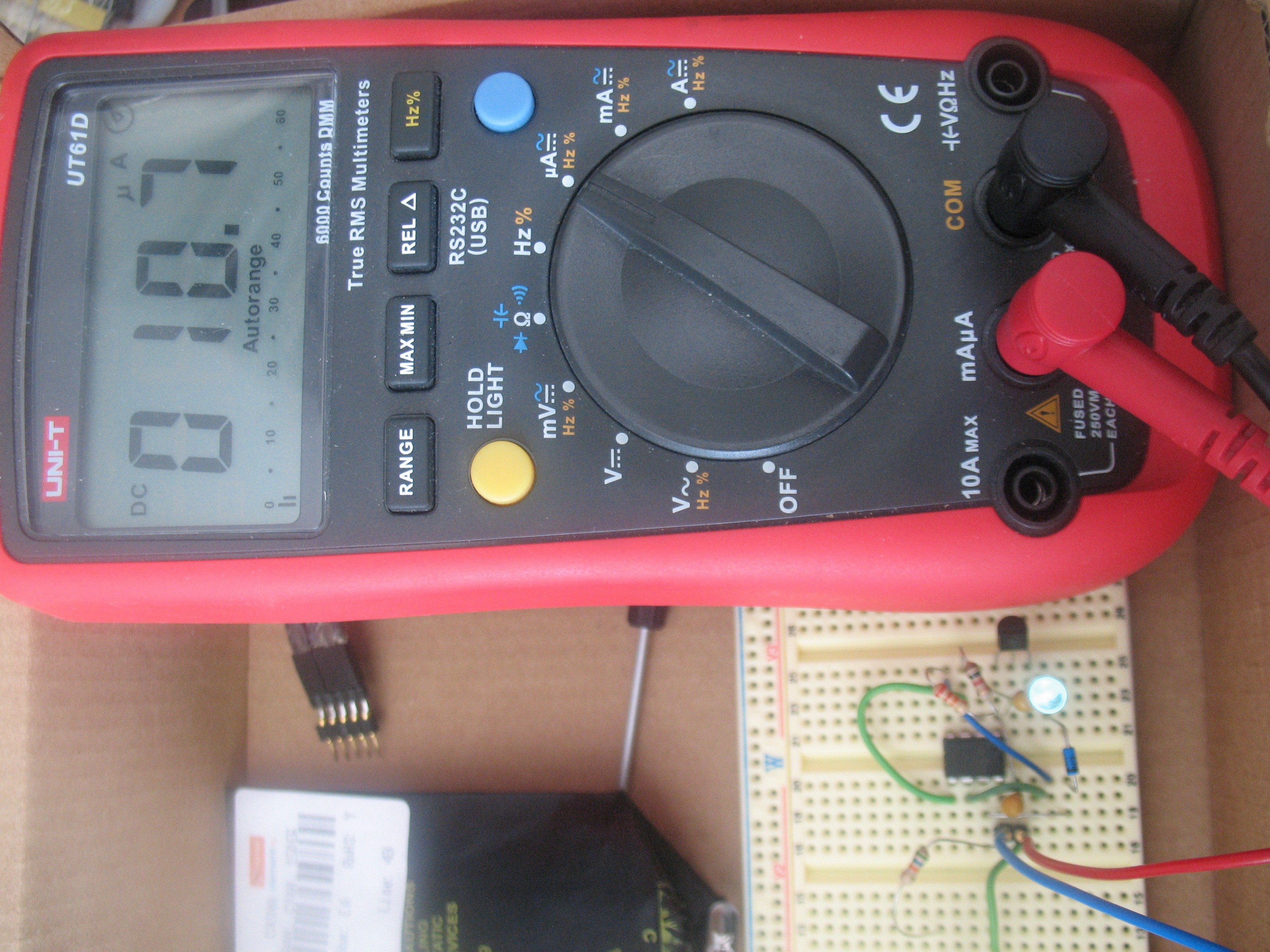

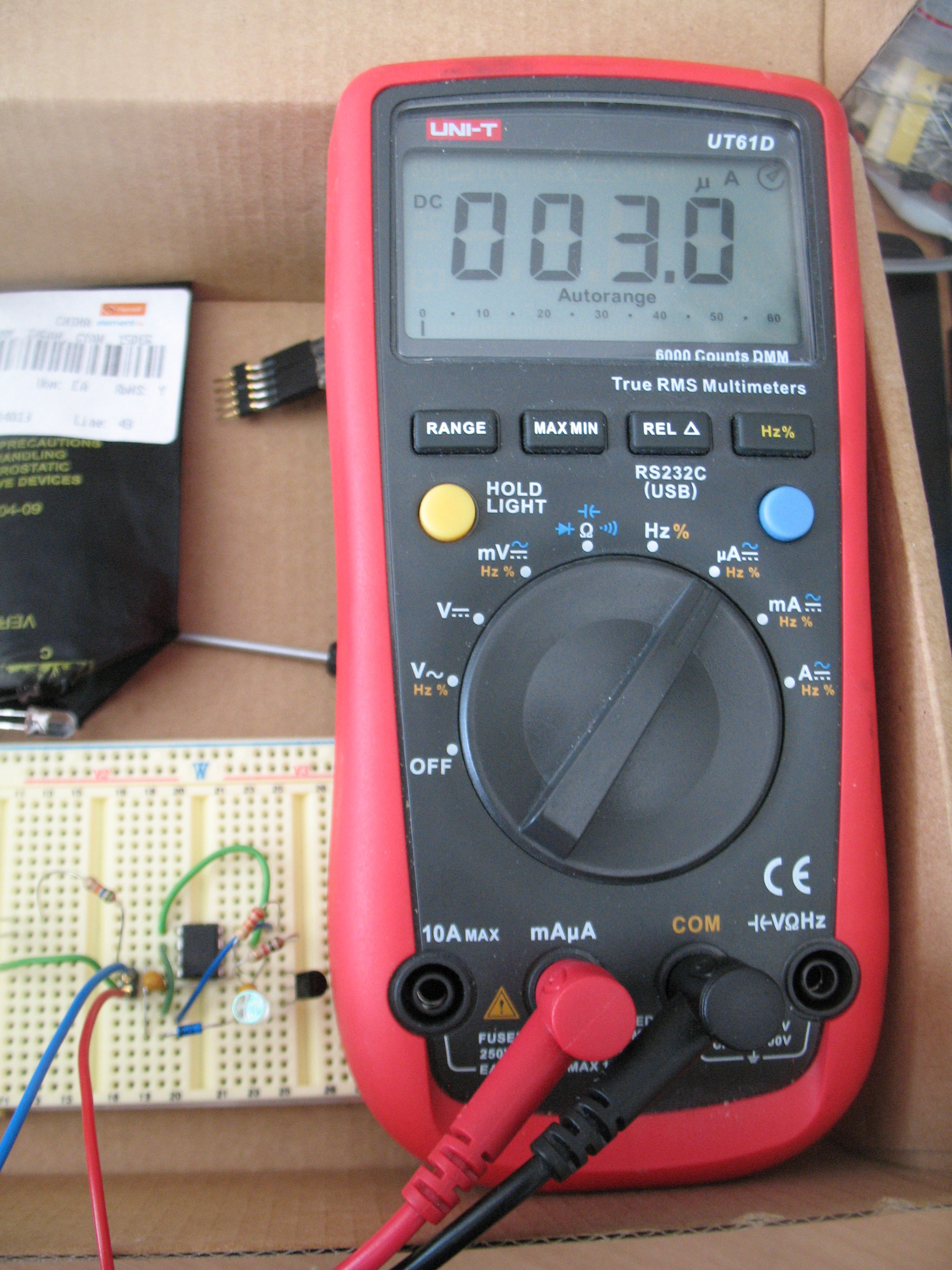
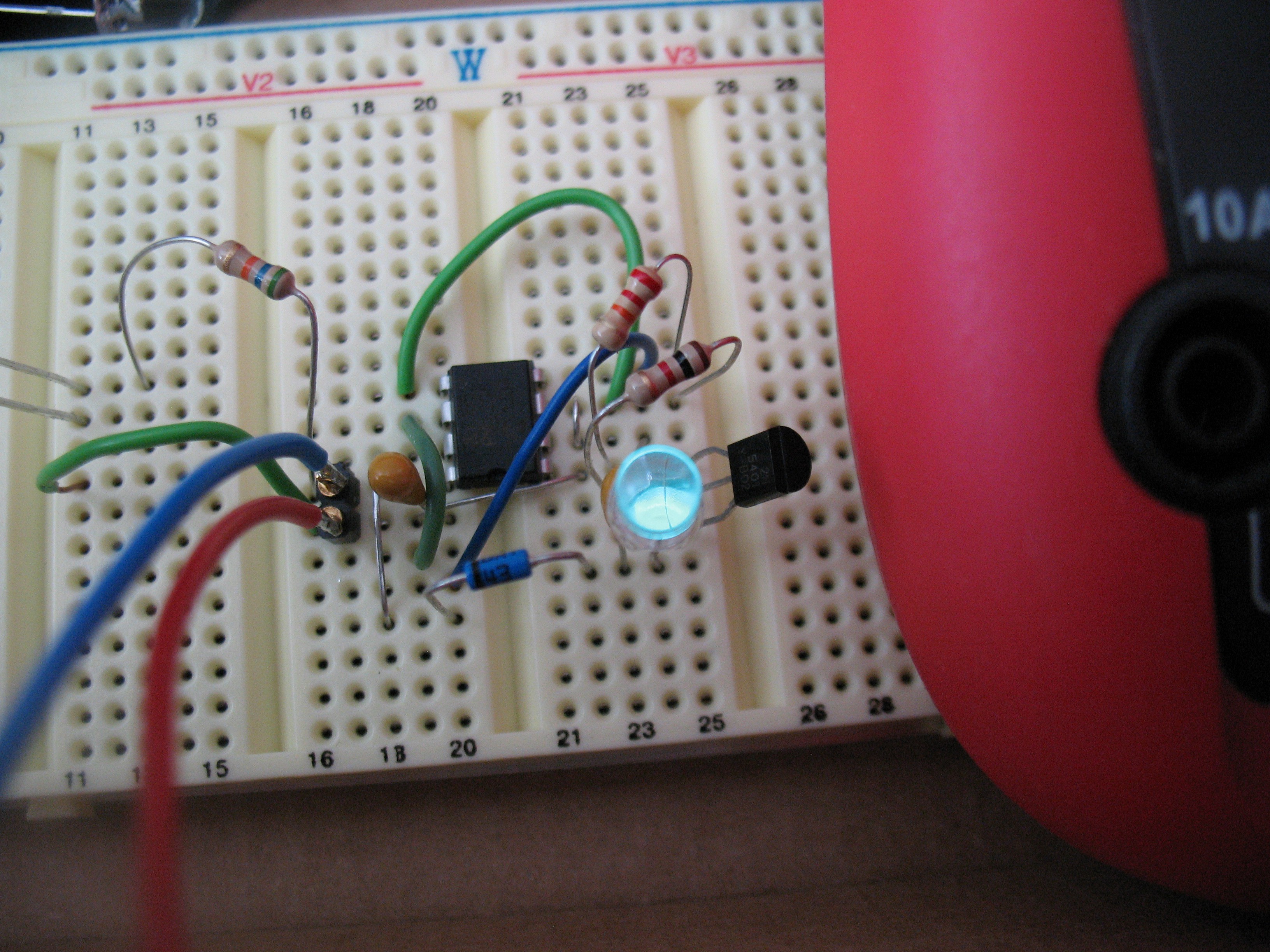
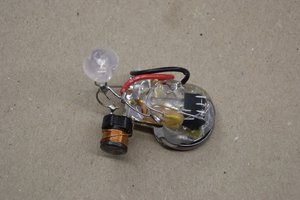
 Elliot Williams
Elliot Williams
 Christoph Tack
Christoph Tack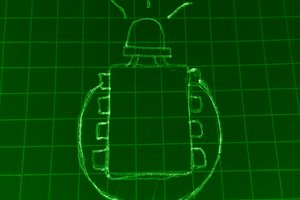
 jurc192
jurc192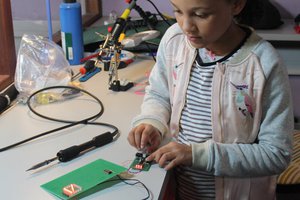
 Yann Guidon / YGDES
Yann Guidon / YGDES